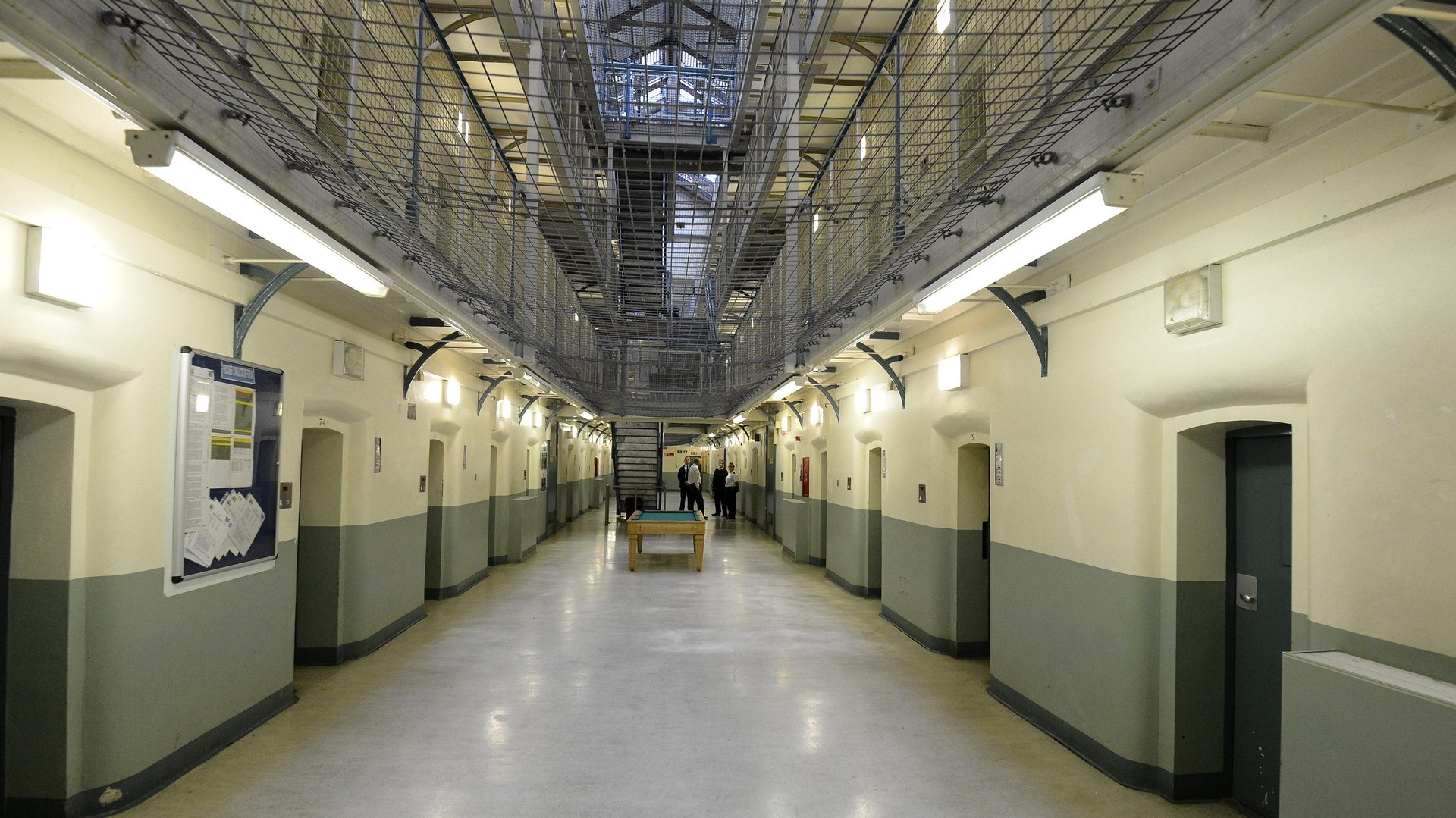UK prisons are housing a record number of elderly offenders
The makeup of Britain’s incarcerated population is dramatically changing. Prisons are now providing residential care for an increasing number of elderly men in England and Wales.


The makeup of Britain’s incarcerated population is dramatically changing. Prisons are now providing residential care for an increasing number of elderly men in England and Wales.
Since 2002, the number of prisoners over the age of 50 increased proportionately more than any other age group. There were around 13,000 prisoners over 50 at the end of 2016—a 169% increase from 2002. (There’s even one prisoner aged 101.) By 2020, the number of prisoners over the age of 50 is projected to increase to 13,900. To put that number in perspective, there were a total of 67,000 men in care homes in England and Wales.
Meanwhile, there are proportionally less young people in prisons today. Prisoners under the age of 20 decreased from around 13% of the prison population in 2005 to 6% (or just under 5,000) in 2016. The proportion of prisoners aged between 21 and 29 decreased from 36% in 2011 to 31% of the prison population in 2016.
The dramatic rise in elderly prisoners is being largely driven by longer prison sentences (pdf). Though crime rates have gone down in Britain, offenders found guilty of any crime are more likely to get a prison sentence than they were a decade ago, according to a report last week in the Guardian. In 1993, 54% of the prison population was serving sentences of less than four years. By 2016, that figure dropped to 34%. Meanwhile, mandatory life sentences were introduced for those convicted of a second serious sexual assault, and harsher sentences were instituted for drug trafficking.
An upsurge in the imprisonment of sex offenders (pdf), often for long-ago crimes, has also contributed to the rise in the elderly in prison, according to the Prisons and Probation Ombudsman, an independent body that investigates deaths and complaints in custody.
Prisons are struggling to cope with their elderly inmates. They struggle to move around prisons, many built in the Victorian era with long corridors, stairs, and toilets that aren’t adapted for wheelchair users. Simple tasks such as showering can be dangerous for elderly prisoners, while others aren’t even able to leave their cells. An increasing number of prisoners need end-of-life care, with the number of natural deaths of prisoners increasing.
Prisons have to handle hundreds of prisoners who suffer from dementia. One prison guard spoke to the Guardian of an elderly offender who, every night, would forget he was in prison for committing a serious crime. The guard had to allocate time every morning to tell the prisoner why he was incarcerated and for how long. “I ended up feeling that he was going through something closer to torture than to civilized punishment. It didn’t seem humane and it didn’t seem fair,” the guard said.
The average prison population has increased five-fold since 1990—from just over 17,400 that year, to just over 85,300 in 2016. With the increase in elderly prisoners, charities and prison inspectors are calling on the government to build prisons designed for older inmates and to shift the focus from punishment to rehabilitation.